
Author Mads Timmermann
Mads has 14+ years of experience as a skin expert and has written/read this article.
Introduction
Fungal acne, also known as Malassezia folliculitis or Pityrosporum folliculitis, is a type of acne caused by an overgrowth of yeast, specifically the Malassezia yeast. This yeast is naturally present on our skin but can sometimes become problematic. Unlike regular acne, which is typically caused by bacteria, hormones, or oil production, fungal acne is triggered by an imbalance of yeast on the skin.
The symptoms of fungal acne include small, red, itchy bumps that resemble traditional acne. These bumps usually appear on the forehead, chest, and back, but can also be found on other parts of the body. It can be difficult to diagnose fungal acne because it closely resembles other skin conditions such as bacterial acne, dermatitis, or a heat rash. However, if traditional acne treatments don't work, it could be an indication that fungal acne is the culprit.
In terms of treatment, antifungal medications like ketoconazole or fluconazole can be effective in clearing up fungal acne. These medications may be available in over-the-counter creams or as prescription oral medications. It's also important to maintain a skincare routine that helps reduce excess oil production and yeast overgrowth. This can include using gentle cleansers that don't strip the skin's natural barrier, incorporating chemical exfoliants like salicylic acid, and selecting oil-free and non-comedogenic products.
Key Takeaways
- Fungal acne is caused by yeast overgrowth, differentiating it from regular acne.
- Symptoms include red bumps on the skin, often triggered by excessive sweating or humidity.
- Effective treatments combine antifungal creams and lifestyle adjustments to address yeast imbalance.
Understanding Fungal Acne
Fungal acne, also known as Malassezia folliculitis, is a skin condition caused by an overgrowth of yeast, specifically the Malassezia species. It commonly affects the face, chest, and back, and can be mistaken for bacterial acne due to its similar appearance. However, it's important to differentiate between the two, as fungal acne requires different treatment methods.
We can recognize fungal acne by its distinct appearance of uniform, small, itchy, red bumps often surrounded by a red halo. These bumps are typically found in clusters and may contain pus. Unlike bacterial acne, fungal acne is less likely to form cysts or nodules, and it doesn't usually respond to traditional acne treatments like benzoyl peroxide or salicylic acid.
Several factors can contribute to fungal acne, including a weakened immune system, a history of antibiotic use, changes in hormonal balance, excessive sweating, or the use of skincare products that promote oil production. It's essential to address these underlying causes to effectively treat the condition.
Treatments for fungal acne aim to reduce the overgrowth of Malassezia species and alleviate inflammation. Common treatments include over-the-counter antifungal creams and shampoos containing ingredients like ketoconazole, selenium sulfide, or pyrithione zinc. Oral antifungal medications, such as fluconazole or itraconazole, may be prescribed for more severe cases. A healthcare professional can provide accurate diagnosis and treatment recommendations.
In addition to medical treatments, we can make some lifestyle changes to reduce the risk of fungal acne and prevent its recurrence. These include:
- Keeping the skin clean and dry, especially after sweating
- Avoiding oil-based skincare products
- Choosing breathable clothing made from natural fibers
- Regularly washing and changing bed linens and towels
Finally, it's important to be patient and persistent with fungal acne treatments, as it may take several weeks to see visible improvements. By understanding the causes and symptoms of fungal acne and adopting appropriate treatment strategies, we can help control and prevent this frustrating skin condition.
Causes of Fungal Acne
Fungal acne, also known as Malassezia folliculitis, is caused by an overgrowth of the fungus Malassezia, which is naturally present as part of the skin's normal flora. When the balance of this flora is disrupted, the fungus can assume a pathogenic role, leading to fungal acne (source). There are several internal and external factors that can contribute to this imbalance and cause fungal acne.
Internal Factors
There are a few internal factors that can contribute to the development of fungal acne. These include:
- Hormonal imbalances: Changes in hormone levels, such as those experienced during puberty, menstruation, pregnancy, or due to certain medications, can lead to the overproduction of sebum. This excess sebum can create an ideal environment for the growth of Malassezia.
- Weakened immune system: A weakened immune system, due to a health condition or the use of medications such as immunosuppressants, can make it easier for the fungus to grow and cause fungal acne.
- Genetics: Some individuals may be more genetically prone to developing fungal acne, due to their skin's unique microbiome composition.
External Factors
External factors can also play a role in causing fungal acne. Some of these factors include:
- Environment: Hot and humid environments can result in increased sweating, which can provide an ideal environment for the growth of Malassezia.
- Skincare products: Using occlusive skincare products that clog pores can create the right conditions for fungal acne to develop. Some ingredients, such as oils and heavy creams, could exacerbate the growth of Malassezia.
- Poor hygiene: Failing to cleanse the skin properly, especially after exercising or sweating, can allow the fungus to thrive and cause fungal acne.
By understanding the various internal and external factors that can contribute to fungal acne, we can better identify the causes and implement appropriate treatments to address them.
Symptoms of Fungal Acne
Fungal acne, also known as Malassezia folliculitis, can be quite difficult to diagnose due to its resemblance to regular acne (acne vulgaris). However, there are some distinct symptoms that can help us identify this specific skin condition.
One of the primary characteristics of fungal acne is the appearance of small, uniform bumps or pustules on the skin. These reddish bumps are typically found in clusters, often concentrated around the hair follicles and in areas rich in sebaceous glands such as the forehead, chest, and back.
Another common symptom of fungal acne is itchiness, which is not usually present in cases of regular acne. The itching sensation can sometimes be quite intense, leading to further skin irritation and inflammation.
The persistence of fungal acne is also a distinguishable factor. Unlike regular acne that may improve with traditional acne treatments, fungal acne is often unaffected by or may even worsen with the use of acne medications containing benzoyl peroxide or salicylic acid.
In addition to these noticeable symptoms, the affected skin areas may also feel subtly rough and dry to the touch, as the fungi responsible for fungal acne feed on the natural oils produced by our skin, disrupting the normal balance of our skin's moisture and texture.
If you notice any combination of these symptoms on your skin, it is essential to consult with a dermatologist or healthcare professional, as accurate diagnosis and appropriate treatment are crucial to addressing fungal acne effectively.
Treatments for Fungal Acne

Over-the-counter Solutions
There are several over-the-counter (OTC) solutions available for treating fungal acne. One popular option is using antifungal creams and lotions containing active ingredients such as ketoconazole or clotrimazole. These topical antifungal treatments help to eliminate the yeast overgrowth that causes fungal acne, ultimately reducing inflammation and restoring the skin's balance.
Another effective OTC solution for fungal acne is sulfur-based treatments. These products, such as sulfur treatment creams, work against fungal acne by possessing anti-fungal properties which actively target the yeast present in hair follicles.
Lastly, it's essential to maintain proper skin care hygiene while treating fungal acne. Make sure to:
- Cleanse your face gently with a mild, non-oily cleanser
- Avoid over-exfoliating, which can aggravate fungal acne
- Use non-comedogenic and oil-free moisturizers and sunscreens
Prescription Treatments
In some cases, fungal acne might require prescription treatments, particularly if over-the-counter solutions are not effective. Your doctor may prescribe oral antifungal medications such as fluconazole or itraconazole. These medications help to eliminate the underlying yeast infection and provide a more long-term solution to fungal acne.
Moreover, if your fungal acne is accompanied by inflammation, your doctor might also suggest topical corticosteroids or anti-inflammatory creams. It is crucial to follow your doctor's instructions when using these medications to avoid any side effects or complications.
In conclusion, a combination of over-the-counter solutions and prescription treatments, when necessary, can effectively treat fungal acne. Always consult a dermatologist or healthcare professional before starting any new treatments for your skin condition.
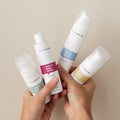
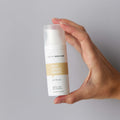
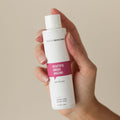
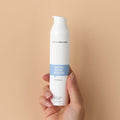
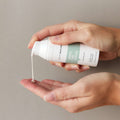
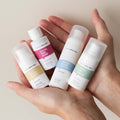
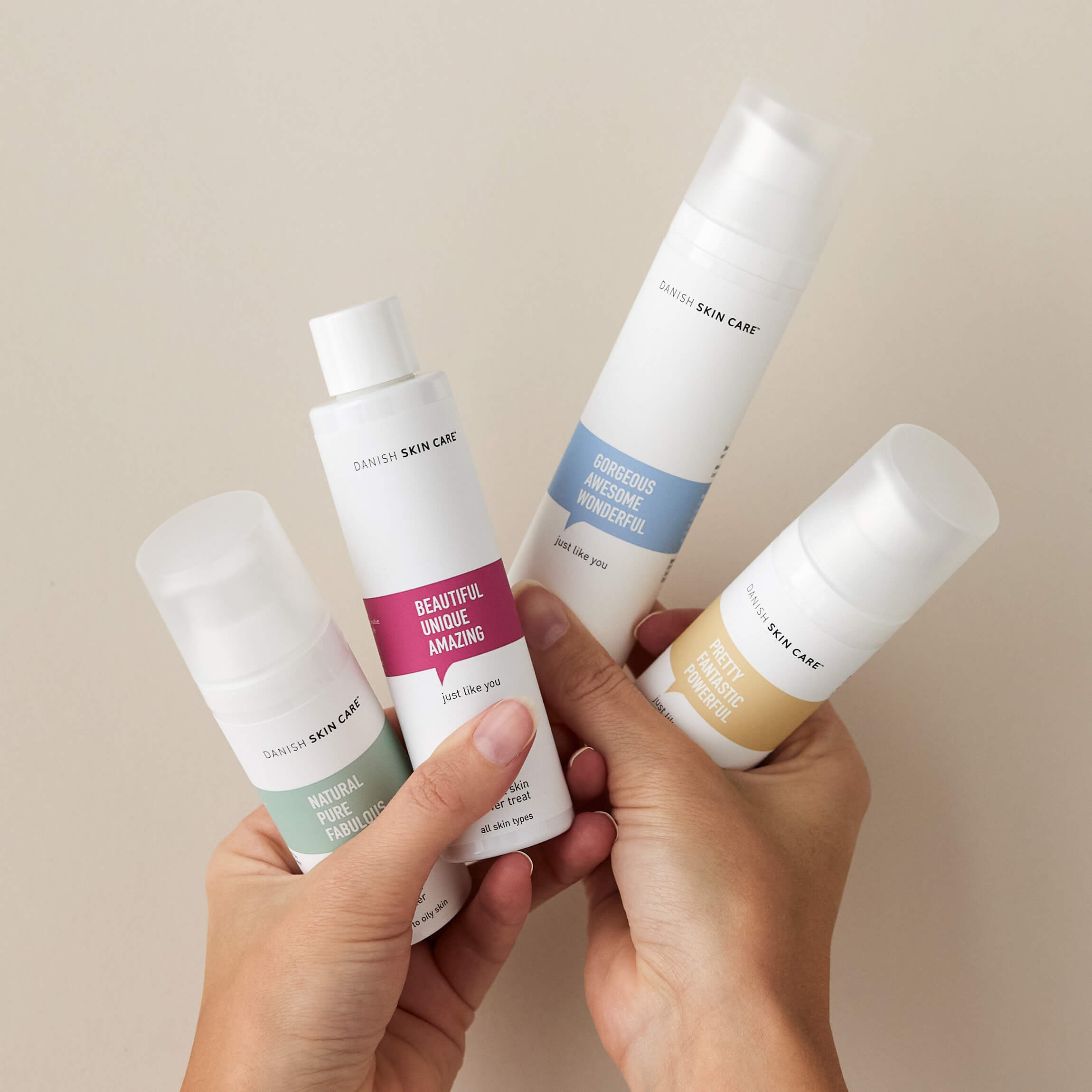
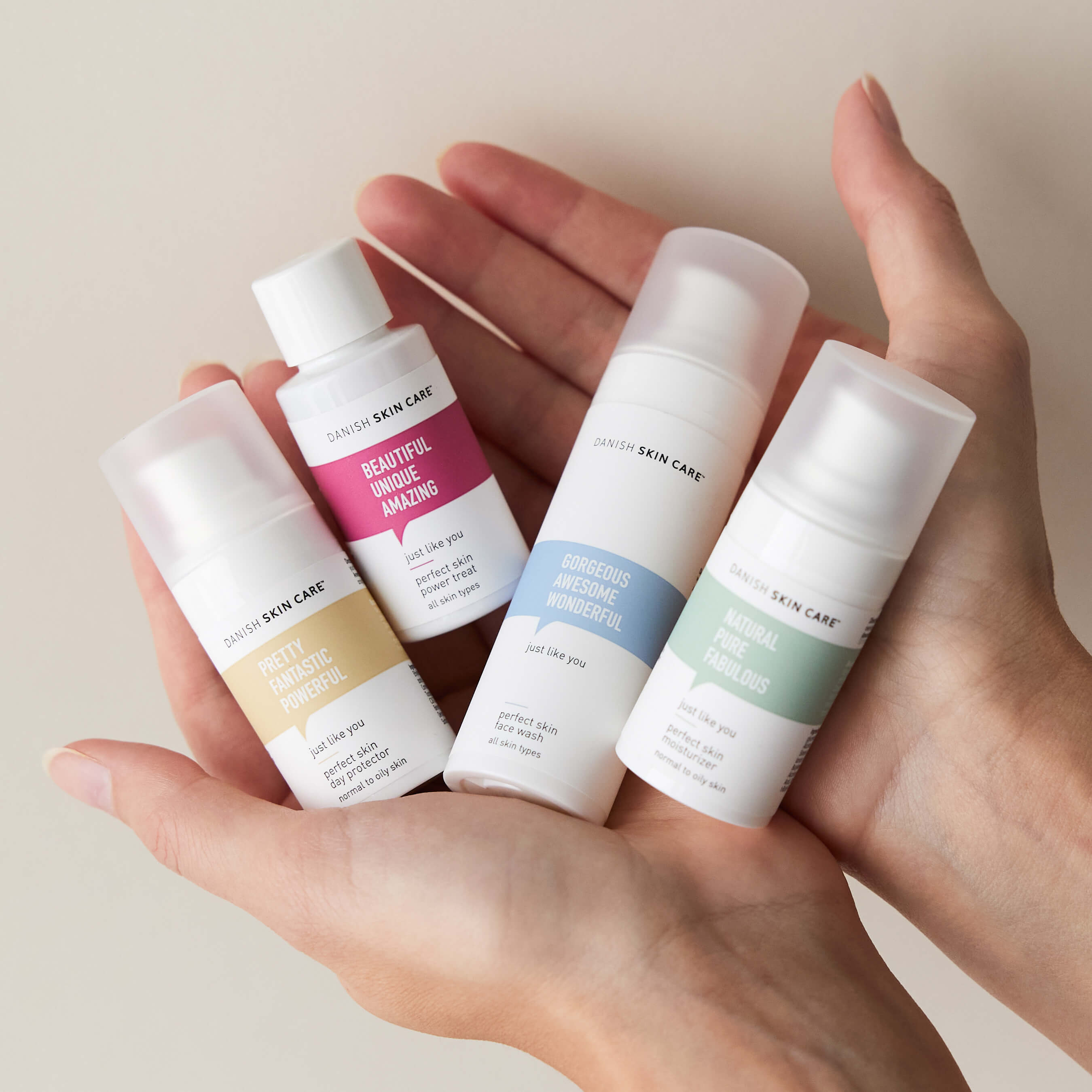

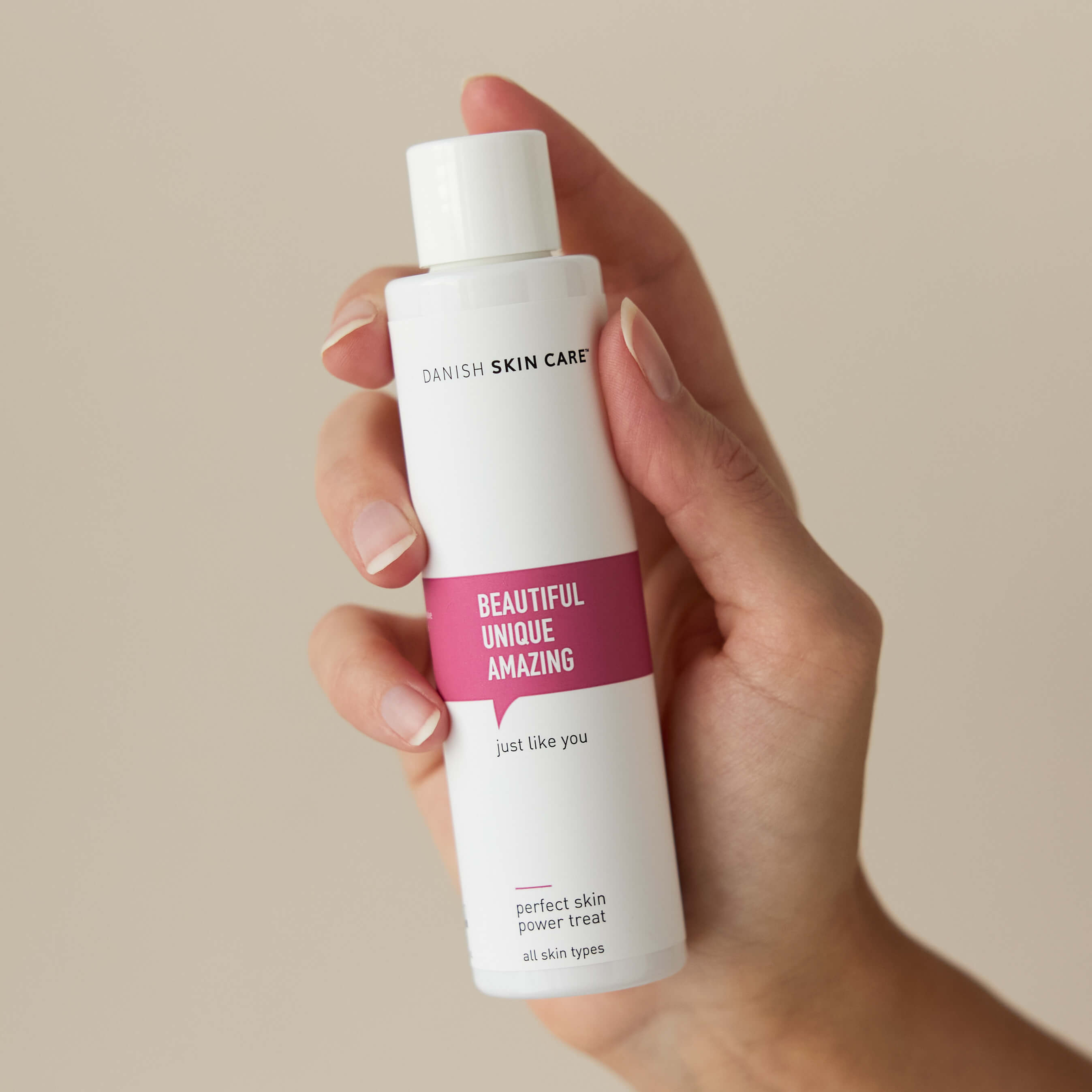


Leave a comment
2 comments
Danish Skin Care
Hi Amanda
All our products are developed to use on acne and impure skin – this also count for our Mineral Powder :-)
Amanda
Can I use your mineral powder on fungal acne? I cant find the ingredient list anywhere to check for FA safe ingredients.